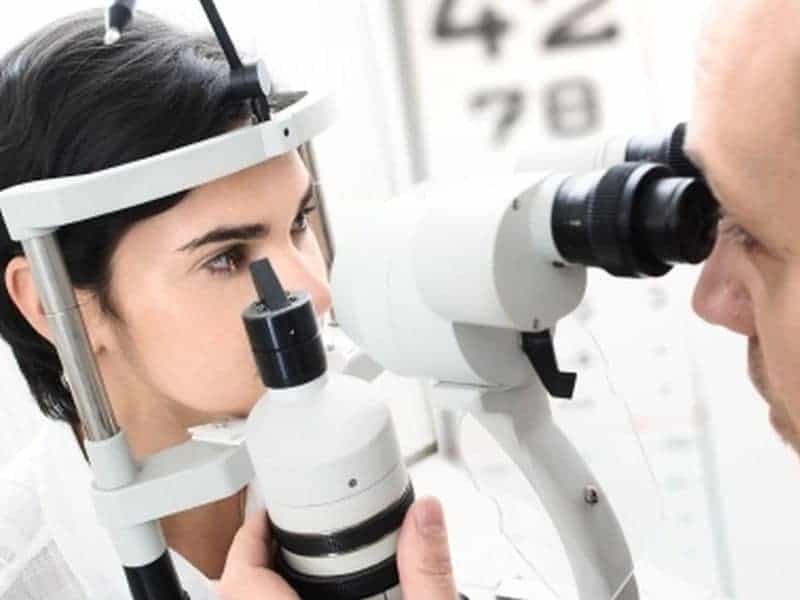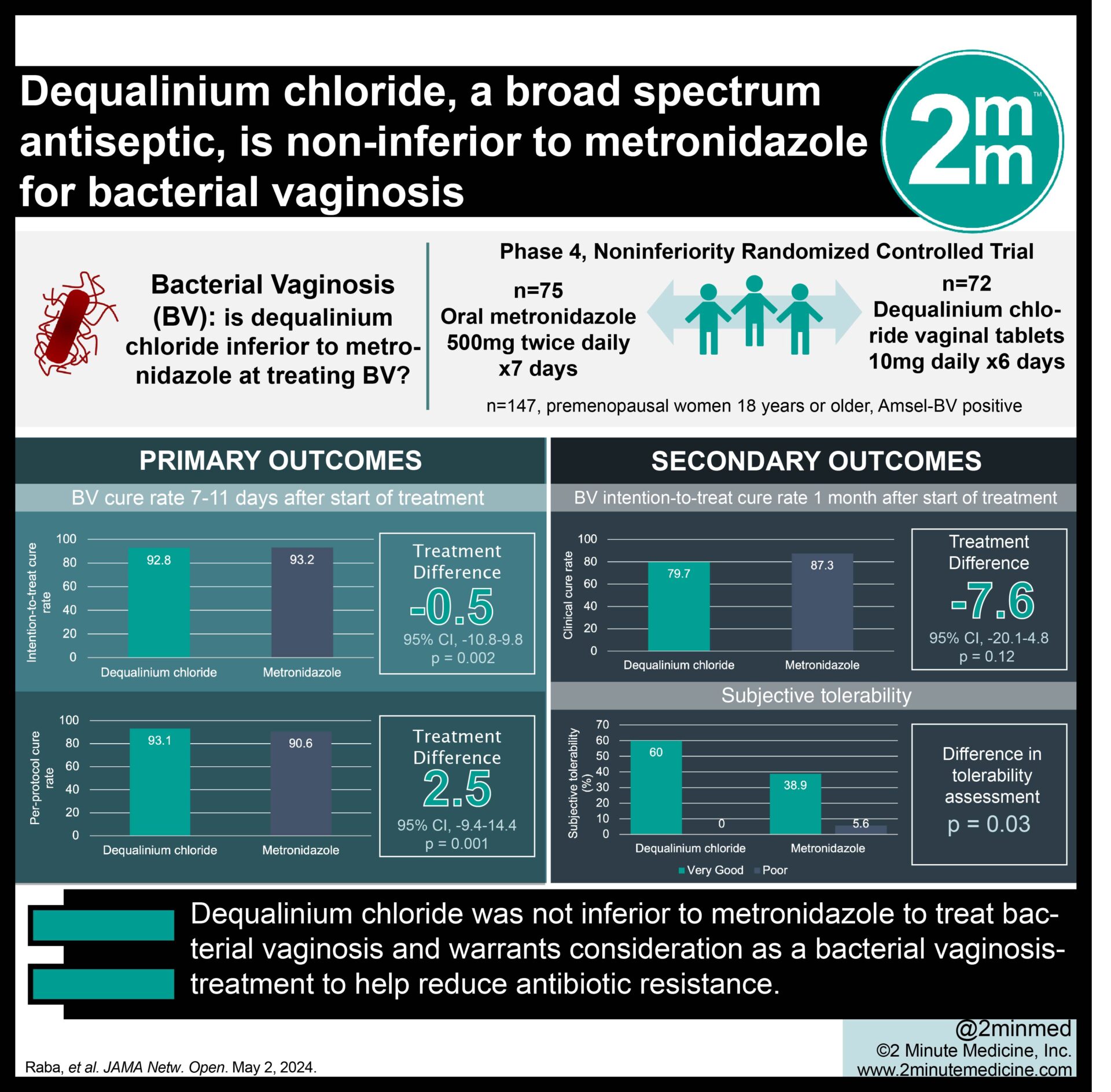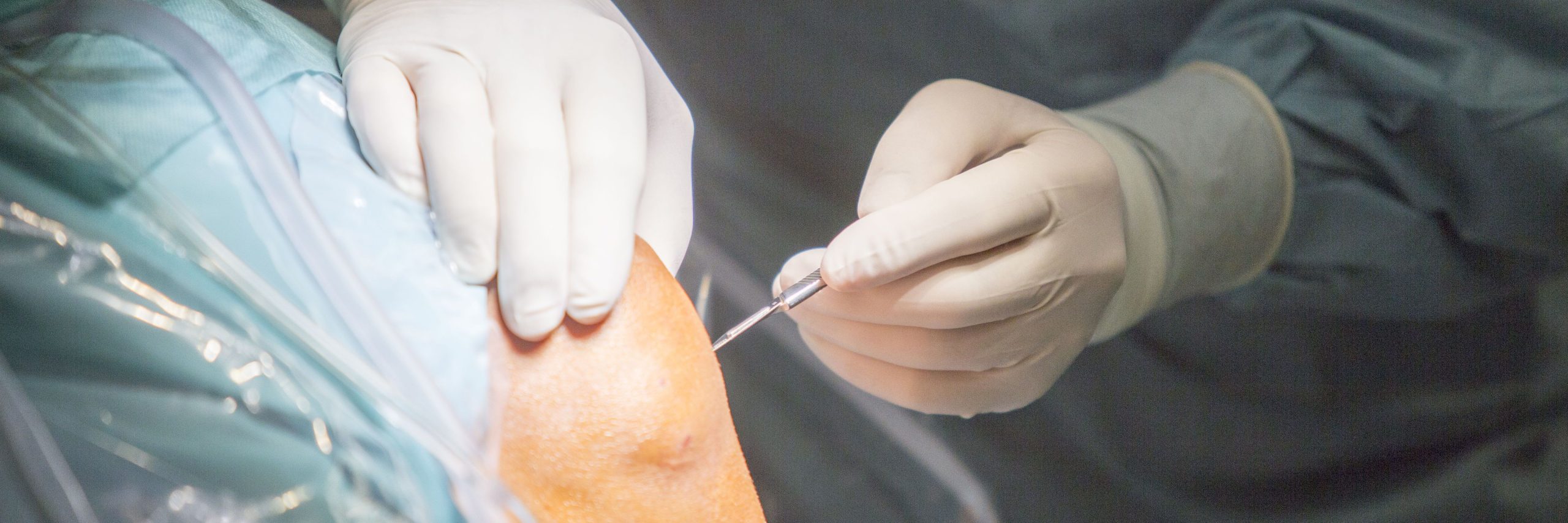The following is a summary of “Assessment of Ocular Deformation in Pathologic Myopia Using 3-Dimensional Magnetic Resonance Imaging,” published in the July 2023 issue of Ophthalmology by Luo et al.
Pathologic myopia affects the entire eye, but studies on equatorial ocular shape and its correlation with posterior morphology are lacking. Researchers performed a retrospective study to evaluate global ocular deformation in pathologic myopia.
A study was conducted on 180 pathologic myopic eyes with atrophic maculopathy. The eyes were classified into different equatorial and posterior shapes, and their morphological variability was assessed. They also investigated the association between ocular morphology, ocular parameters, and myopic maculopathy.
Mean (SD) age of 180 participants with pathologic myopia was 55.14 (10.74) years, and 127 (70.6%) were female. The mean (SD) axial length of the studied eyes was 30.22 (2.25) mm. The most common equatorial shape was pyriform (66 eyes [36.7%]), followed by round (45 eyes [25.0%]). The predominant posterior shape was bulb-shaped (97 eyes [52.2%]), followed by multidistorted (46 eyes [24.7%]). Equatorial circularity correlated with equatorial shapes (r = −0.469; 95% CI, −0.584 to −0.346; P< .001), and ocular sphericity correlated with posterior shapes (r = −0.533; 95% CI, −0.627 to −0.427; P< .001). In eyes with a vertical-elliptical equator, equatorial circularity and ocular sphericity showed a positive linear correlation (R2 = 0.246; 95% CI, 0.050-0.496; P= .002), and the prevalence of inferior staphyloma was higher (27.8%; P= .04). Eyes with a horizontal-elliptical equator had the most horizontally oriented axis of corneal flat keratometry (median, 43.55 [interquartile range, 43.84] degrees; P= .01) and tended to present with multi distorted posterior shape (21.7%; P= .04).
Study findings suggested that ocular deformation is common in pathologic myopia and can affect the entire eye.
Source: jamanetwork.com/journals/jamaophthalmology/article-abstract/2807116



















